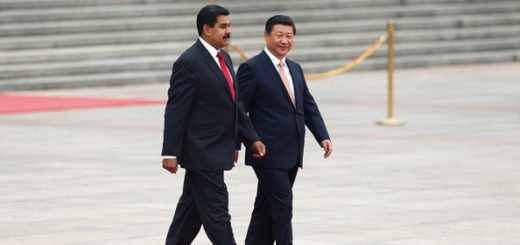“Together for Ideas”, Together for Action?: Key Takeaways from the Islamabad Security Dialogue
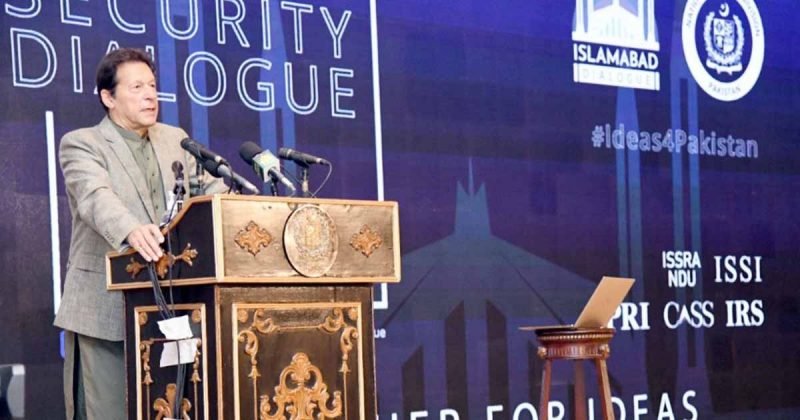
The Islamabad Security Dialogue (March 17-18, 2021), with the theme “Together for Ideas”, was convened at an interesting juncture in international politics. As its arch-rival India moves closer to its former ally, the United States of America and the gulf in Sino-US relations expands, Pakistan mulls over a revamped security policy.
Trouble at Home
2020 has been a tough year for Prime Minister Imran Khan both internally and externally. The pandemic has taken a serious toll on the country’s already weakened economy. The GDP growth rate for the fiscal year 2019-20 was -0.4%, falling to negative for the first time in seven decades. Per capita income also fell from the US $ 1625 to US $1325. Khan’s Tehreek-i-Insaaf led government had inherited high fiscal and balance of payment deficits from its predecessor.. Soon after getting elected in 2018, the new regime went knocking on IMF’s doors for yet another loan. The 39 month US $6 billion Extended Fund Facility was suspended as soon as the pandemic hit. However, the economy did show slight signs of recovery. The fall in oil prices earlier this year made imports cheaper which mitigated the payment deficits. Remittances too jumped up by 27% which was quickly celebrated as a sign of economic progress. Scholars are of the opinion that the jump is in fact due to the channelisation of remittances from informal to formal means during the lockdown. Additionally, Pakistan also received US$ 1.4 billion under IMF’s Rapid Financing Instrument Scheme and aid from the G20, not to forget its constant source of help- China. Faulty decision-making and unnecessary delay have resulted in disruption of supply chains which has increased inflation of food products by 14-17% over a year. The 2020 Global Hunger Index placed Pakistan 88th out of 107 countries labelling it as a case of a “serious” level of hunger.
Inequalities are widening. The World Economic Forum’s Global Gender Gap Report (2021) placed Pakistan 153rd out of 156 countries on gender inequality. Its position has been falling with every passing year. From 143rd (2017) to 148th (2018) and from 151st (2020) to 153rd (2021). The report argues that Pakistani women not only suffer discrimination in the job market but also face apathy at the hands of the administration and the judiciary.
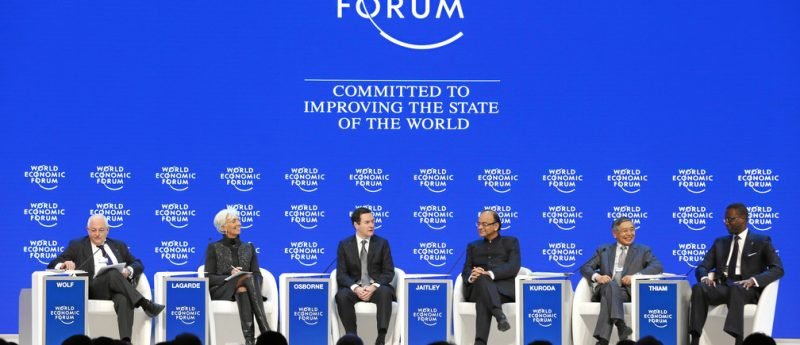
Politically too, trouble is brewing for Mr Khan. Though military meddling in executive affairs is nothing new for Pakistan, this time the biggest challenge came from civilian political parties.
In September 2020, major opposition parties coalesced against Khan’s government under the banner of the Pakistan Democratic Movement (PDM). With the slogan “Vote ko izzat do” (“honour the vote”), the eleven party alliance claimed Imran Khan’s 2018 election as the Prime Minister to be rigged by the military. In order to restore the democratic spirit, they demanded his resignation. Khan, on the other hand, claimed the movement to be political chicanery to escape corruption charges pressed against many towering political leaders. However, the PDM had a short life span. Internal bickering over the nomination of Syed Yousaf Raza Gilani as the leader of opposition in the Senate brought the alliance to an end. Though the alliance has ended, it did give Khan a major jolt when Gilani defeated his Finance Minister Abdul Hafeez Shaikh in Senate polls from Islamabad.
Losing Allies Abroad
Pakistan has had a major fallout with most of its allies in the recent past.
In 2020, Pakistan’s Foreign Minister Shah Mehmood Qureshi blasted the Organisation of Islamic Countries, blaming it for failing to take a hardline on India’s conversion of the state of Jammu and Kashmir into a centrally administered Union territory, taking away its special status of regional autonomy. Qureshi’s words infuriated its long time ally Saudi Arabia which froze a US $3.2 billion oil credit facility to Pakistan and demanded early partial repayment of a US $3 billion loans. General Qamar Bajwa visited Riyadh in order to ease tensions however, ties remain strained. Saudi eyes closer relations with New Delhi as Prince Mohammed Bin Sultan plans to modernise the Saudi economy and make it less dependent on oil. However, owing to its economic dependence, Pakistan can not afford to isolate Saudi Arabia and tries hard to mend ties.
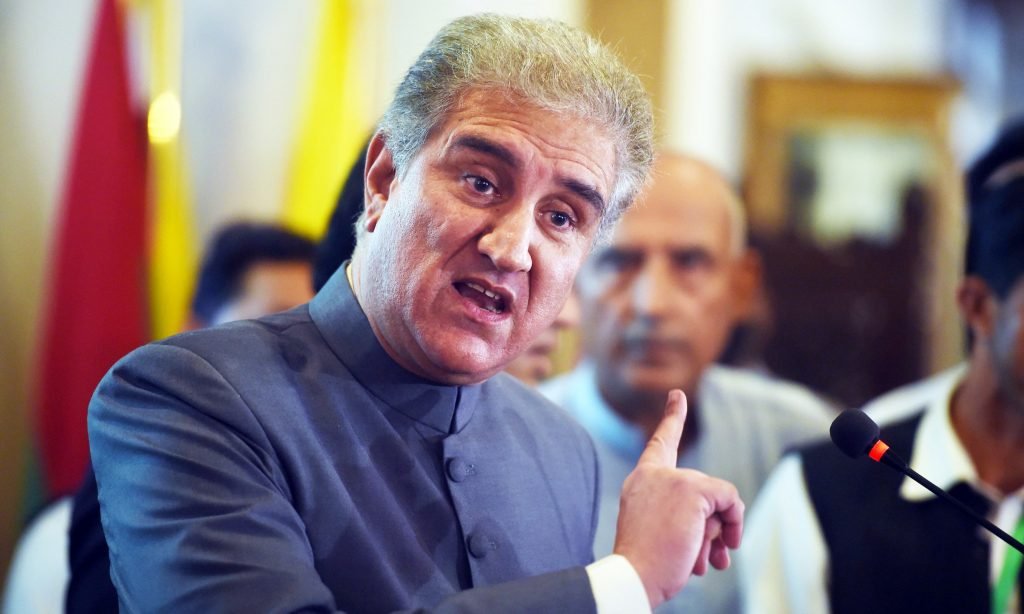
The United States too has isolated Pakistan. Though it continues to be one of its top investors, the US has been irked by Pakistan’s consistent failure in preventing its territory from becoming a safe haven for terrorism. With Biden’s persistence of ending the war in Afghanistan and completely pulling out American troops under the US-Taliban Agreement, Pakistan has little role to play in the future American strategy. Economic aid might continue but Pakistan has lost its coveted position as an ally to India. The US views India as a possible check on growing Chinese hegemony in the region evident in its insistence on strengthening the Quadrilateral Security Dialogue or Quad.
Only Malaysia, Turkey and China support Islamabad’s Kashmir policy. The commitment of the former two remains questionable.
“Together for Ideas”
The first edition of the Security Dialogue included a comprehensive discussion on national security and saw participants from different walks of life: academicians, politicians, former office-bearers, military personnel, etc. A major feature of the Dialogue is the departure from traditional notions of security ie a focus on conventional and nuclear military build-up to non-traditional notions of security including human security, economic development, regional peace and prosperity, etc. General Bajwa in his speech presented four pillars of the policy shift from geopolitics to geoeconomics, these include:
- Moving towards a lasting and enduring peace within and outside Pakistan
- Non-interference of any kind in Pakistan’s internal affairs
- Boosting intraregional trade and connectivity
- Bringing sustainable development and prosperity through the establishment of investment and economic hubs within the region
He argued that the main reason behind South Asia being an impoverished region was regional bellicosity and surprisingly for a military leader, argued for prioritisation of human security and economic welfare over defence expenditure. Though General Bajwa claimed that this policy shift did not occur as a result of any external pressure, it is quite evident that domestic chaos and international struggles laid the ground for this positive development.
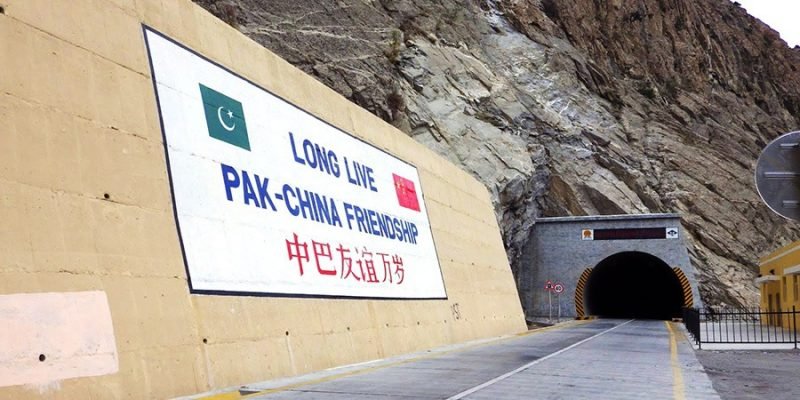
Stressing on the importance of geoeconomics over geopolitics, General Bajwa argued for cooperation through trade and resource use in the region with India however, he did claim resolution of the Kashmir issue to be of utmost importance before negotiations began. The China-Pakistan Economic Corridor (CPEC) which links Xinjiang to the Gwadar port as part of the Belt and Road Initiative of Xi Jinping was the highlight. Bajwa claimed it as the key to Pakistan’s economic transformation but argued against viewing Pakistan solely through the prism of CPEC, welcoming all interested regional and global investors. This hints at brewing tensions between Pakistan and China.
On China
Pakistan has been China’s close ally since the 1960s. It was one of the first countries to recognise the Communist regime in 1949 as well as the first non-Communist regime to have direct airline connectivity with China. At that time, Pakistan was a staunch ally of the US. It was a member of both CENTO and SEATO. It was during the 1965 Indo-Pakistan War when the US refused to support it against India that Pakistan drifted closer to China which shared a common animosity towards India. However, during the 1971 Indo-Pakistan War when East Pakistan (present-day Bangladesh) was severed from the country, China did little to change the status quo in favour of its ally. Pakistan, however, played an important role in its foreign policy for it was through Pakistan that the Shanghai Communique between the US and China could be mediated, establishing bilateral relations between the two.
Though China has avoided signing any major mutual defence agreement with Pakistan, the extent of its economic aid is unmatched, evident in the CPEC. A collection of several infrastructural projects which traverse Pakistan, the CPEC was originally valued at US$ 47 billion. Its estimated value in 2020 was US$ 62 billion. As per official records, 20% of CPEC is debt-based financed while 80% are investments in Joint Ventures. The project is expected to create 40,000 jobs for Pakistanis and is expected to boost its economy through enhanced connectivity and transportation which will lead to an agrarian and industrial boost. China offers Pakistan low-interest loans which critics like the United States and India have labelled as its “debt diplomacy”. Though Pakistan claims it to be equity-based financing, it is drowned in massive debt which accounts for 6% of its GDP. With a sluggish economy, chances of repayment are wafer-thin.
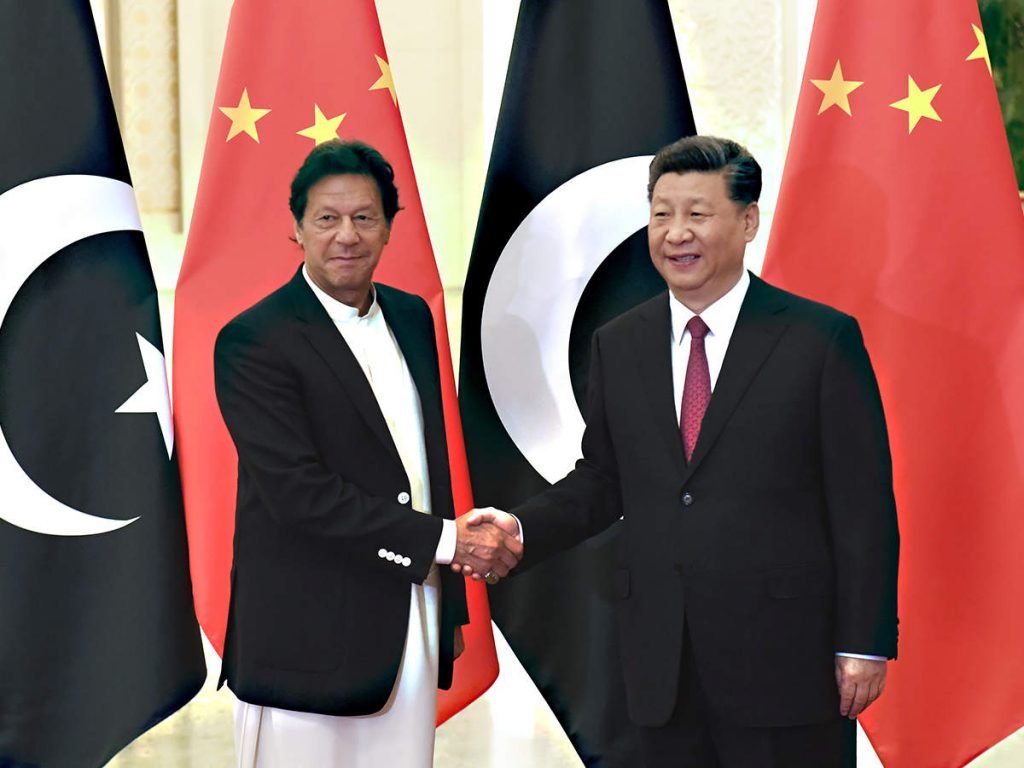
The CPEC project has created much controversy not just for economic indebtedness but for concerns over eroding sovereignty. Critics both within and outside Pakistan have blamed the government for selling territorial rights away to China. They claim that Pakistan would be indebted to the extent that any major foreign policy decision that irks China would be nearly impossible to make. The CPEC since 2013 remains only partially functional and has shown sluggish progress which has created issues between China and Pakistan. Moreover, it has failed to deliver in terms of employment opportunities and enhanced connectivity and on the contrary has become a major source of corruption.
Together for Action?
Facing troubled times, the vision of the Islamabad Security Dialogue emphasising on regional cooperation and global peace is a welcome move but concerns are many.
The foremost concern is are the stakeholders and policymakers really “together”? Imran Khan’s decision to renew trade of cotton and sugar with India was retracted within 24 hours when the government claimed the resolution of the Kashmir issue as a prerequisite to any thaw in relations. This volte-face reflects how little control he exercises over administrative corridors in Islamabad. The control of the military on the government can not be denied, after all the highlight of the event was not popularly elected Khan but Army chief General Bajwa. Any resolution of an issue as complex as Kashmir will be a long drawn process and must only be resolved through detailed bilateral negotiations. Claiming its resolution to be a prerequisite is similar to denying the normalisation of relations with India.
Islamabad is losing ground as a valuable ally for both the US and China. When Imran Khan offered to mediate between the US and China, his offer was avoided by both who preferred to meet directly in Alaska. The once mediator today stands as a mute spectator. Time and again, Pakistan has been rebuked by the US for its inability to check cross border terrorism and funding of extremist organisations.
General Bajwa claimed that Pakistan should not be solely viewed through the prism of CPEC which points to its willingness to step outside the shadow of China and chart an independent course for itself. But the question is can Pakistan do it? China has not only provided it with immense economic but also diplomatic support. The point is not whether China is trying to drown Pakistan in immense debt as to “colonise” it but why did Pakistan accept a loan it could not repay? Or to put it more clearly, why can’t Pakistan repay the loan? Such questions strip bare the faulty administrative decisions and rampant corruption thriving underneath.
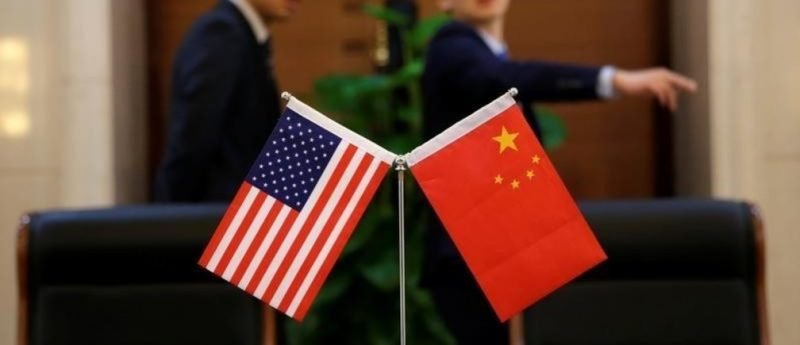
Imran Khan came to power promising to review all corruption allegations in the project but so far little to no progress has been made. Economic progress also requires the equitable participation of women. Pakistan needs to take urgent steps to make female employment safe, secure and equitable. Corruption must be urgently checked.
The Road Ahead
The question which pops up is- Is it too late for Islamabad to pursue its vision of the Security Dialogue? The answer is a tricky one. As far as regional peace and cooperation with India are concerned, it is possible. Both China and the US want a stable, internally strong Pakistan and good bilateral relations with India. Peace between the two will not only avert threat to regional security which the two global powers desire but will also enable China to prosper economically making it a favourable move for Beijing. When it comes to overdependence on China, Pakistan is caught on the wrong foot but in the “All-weather friendship” that the two share, it is often asked what has Pakistan really done for China that it did not intend to do itself? For stable domestic political conditions, the democratically elected government must be empowered and given more space in decision making. The gap between rhetoric and reality is very wide. It is for the world and for Pakistan itself to see how far all stakeholders can work together to realise their vision. A stable relationship with India is vital for realising any of the four pillars of this vision. It is high time to bury the past and start afresh.



